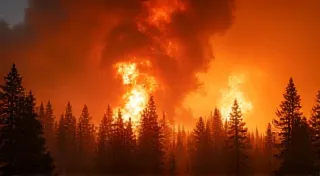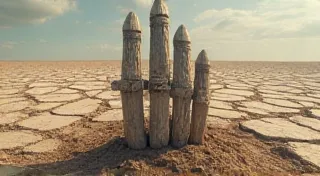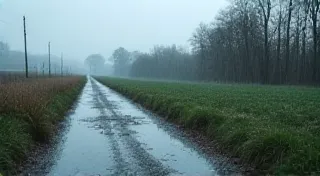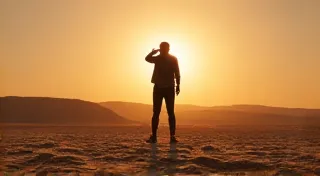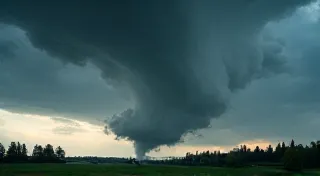Early Warning Systems: How Weather Forecasting Has Changed
For centuries, humanity has been at the mercy of the weather. Understanding and predicting weather events wasn't just a matter of convenience; it was a matter of survival. This article explores the fascinating history of weather forecasting, charting its evolution from rudimentary observations to the sophisticated technology we rely on today. We’re looking at how predictions have changed, and, crucially, how accurate they've been throughout history. The impact of shifting climate patterns, even subtle ones, has shaped human civilization throughout time. For instance, shifts in fog and low cloud patterns have repeatedly impacted trade routes and agricultural practices; understanding these historical shifts offers valuable insights into our current climate challenges – something we're increasingly exploring through a historical perspective on fog and low cloud patterns. The ability to effectively model weather events hasn’s always been an option, and many eras have seen devastation. It’s also interesting to consider how dramatically weather patterns, even short-term ones, impacted civilizations – a concept that is often viewed in the context of, for example, the events surrounding Gilgamesh. This broader historical impact often gets overshadowed by the progression of forecasting technology.
Early Observations: Signs in the Sky
Before the invention of instruments, weather prediction relied entirely on observation. Farmers and sailors were the first meteorologists, developing intricate systems of folk wisdom based on the behaviour of animals, the appearance of clouds, the direction of the wind, and the colour of the sky at sunset. These observations, passed down through generations, formed the bedrock of early "forecasts". For instance, a red sky at night was often interpreted as a sign of good weather, while a pale, watery sky indicated rain. While these methods weren't always reliable, they represented a vital connection between people and their environment. Accurate or not, these observations were all that stood between a good harvest and starvation, or a safe voyage and shipwreck. The changing climate during periods like the Ice Age – a subject often explored through whispers from the ice age – demonstrates how dramatically weather patterns can shift over millennia, impacting human societies profoundly. The sheer scale of those ancient shifts can be hard to truly grasp without considering the evidence from archaeological finds and geological records; these records provide a perspective far removed from the data that modern weather systems can access.
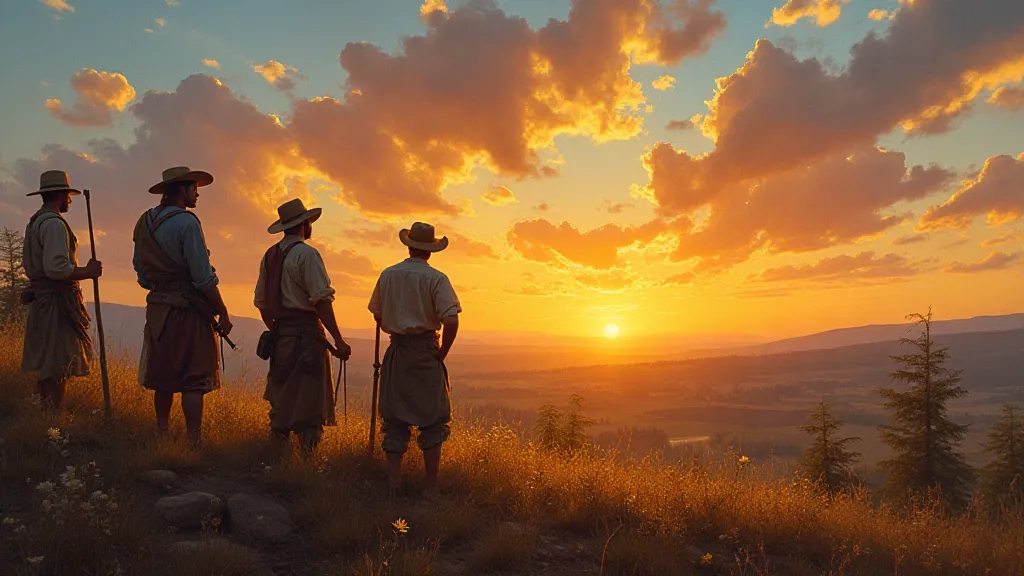
The Age of Instruments: From Barometers to Radiosondes
The 17th and 18th centuries marked a turning point. The invention of the barometer by Evangelista Torricelli in 1643 allowed for the measurement of atmospheric pressure – a key ingredient in predicting weather systems. The thermometer followed soon after, allowing for the measurement of temperature. These instruments offered a more quantitative approach to weather assessment. Benjamin Franklin's kite experiment in 1752, while demonstrating the electrical nature of lightning, also contributed to understanding atmospheric conditions. Significant advances continued in the 19th century, including the development of the telegraph, which facilitated the rapid communication of weather observations across larger areas. The challenges in establishing these communications, and the initial resistance to adopting new, scientifically based methods of prediction, were considerable. The reliance on subjective observation, deeply embedded in cultural practices, was hard to displace. We are increasingly seeing the effects of historical temperatures, and how understanding unusual heatwaves can inform our mitigation strategies for the future. The relatively small improvements in accuracy provided by these early instruments, considered trivial by today’s standards, were genuinely revolutionary for their time.
The Rise of Synoptic Meteorology and the 20th Century
The late 19th and early 20th centuries witnessed the birth of synoptic meteorology. This approach involved the systematic observation of weather conditions at specific locations and times, followed by the plotting of these observations on weather maps. The idea was to identify patterns and predict future weather based on these observed patterns. The invention of radiosondes in the 1930s was a monumental leap forward. These balloon-borne instruments measure temperature, humidity, and wind speed at different altitudes, providing a vertical profile of the atmosphere that was previously unavailable. Early forecasts, even those relying on these new technologies, were often inadequate to predict sudden and unexpected events, such as the devastating 1953 Atlantic Hurricane Season – a record-breaking year for tropical storms. The limitations of communication and processing power meant that even the most skilled meteorologists struggled to fully grasp the complexities of these events. Analyzing the errors in those early forecasts helps us appreciate the sophistication of modern weather models.
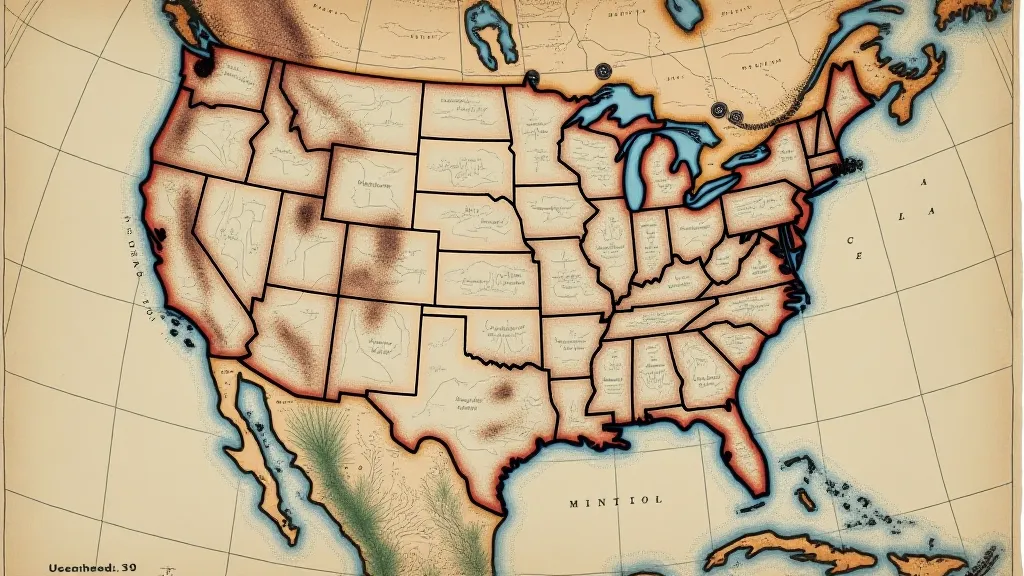
The Computer Age: Models and Accuracy
The advent of computers in the mid-20th century revolutionized weather forecasting. Numerical weather prediction (NWP) models emerged, using complex mathematical equations to simulate the behavior of the atmosphere. Early models were crude but quickly improved with increasing computing power and more sophisticated understanding of atmospheric processes. Satellite technology, beginning in the 1960s, provided a global view of weather systems, supplementing ground-based observations. The early satellites themselves were limited in resolution and capabilities, but they represented a paradigm shift in our ability to monitor the planet's weather systems. Modern weather models incorporate vast amounts of data from satellites, radiosondes, surface stations, and aircraft, making predictions significantly more accurate than anything achievable in the past. However, errors still occur, and predicting local weather phenomena remains a significant challenge. The ability to accurately model and predict these phenomena is becoming increasingly critical as climate change leads to more extreme and unpredictable weather events. The increasing frequency and intensity of heatwaves are particularly concerning, requiring us to continually refine our understanding of historical temperature records and their implications for the future. Moreover, the shift from simply *predicting* weather to *understanding* weather has created a new field of scientific inquiry. These improvements are constantly being measured and compared to historical events, allowing for ongoing refinement and validation of models.
Comparing Past Predictions with Actual Events
It's difficult to directly compare past "forecasts" with modern predictions. The former were largely qualitative, based on observation and folklore, while the latter are quantitative, based on complex models. However, when we examine historical records, we can see a clear progression in accuracy. For example, while 19th-century forecasts might have predicted a general trend of rainfall, they were often unable to predict the intensity or duration of the storm. Today, weather models can predict rainfall amounts within a few millimeters, hours in advance. However, it's important to remember that even modern forecasts are not perfect, and unexpected events can always occur. The discrepancies between predicted and actual weather can often be attributed to the chaotic nature of the atmosphere, or to unforeseen local effects. Studying these discrepancies between predicted and actual events helps scientists to improve the accuracy and reliability of future forecasts. The records from those earlier, less accurate forecasts also underscore the profound impact that even minor improvements in prediction capabilities can have on human lives and livelihoods. Many older accounts of maritime disasters, for instance, might have been avoided with even rudimentary weather warnings.
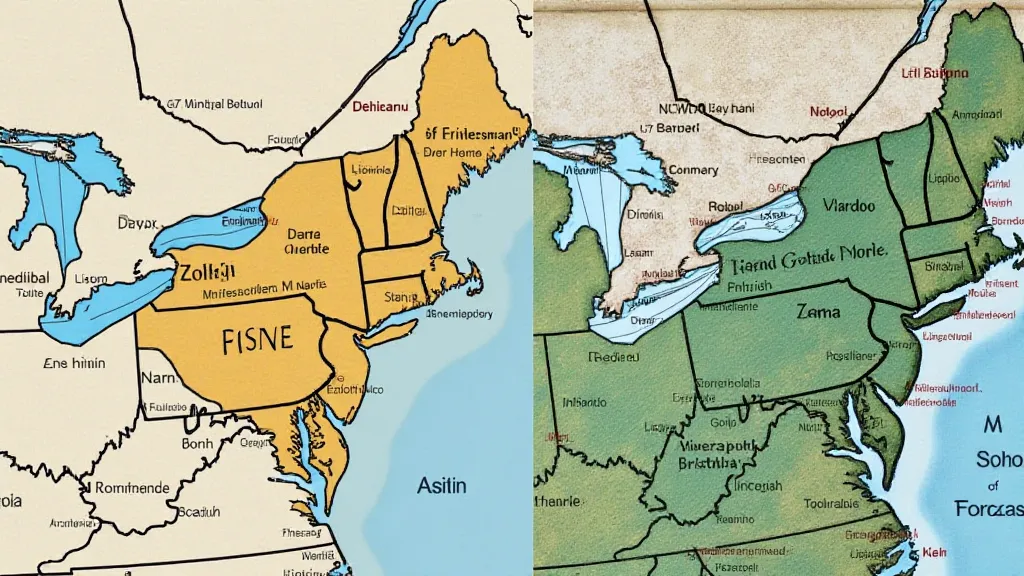
The Future of Weather Forecasting: Challenges and Innovations
While we’re experiencing dramatic improvements in weather forecasting accuracy, significant challenges remain. Localized phenomena, such as thunderstorms and tornadoes, are notoriously difficult to predict precisely due to their complex and rapidly changing nature. Furthermore, climate change is introducing new layers of complexity, as shifting weather patterns and increased frequency of extreme events make it harder to rely on historical data for accurate predictions. Advancements in machine learning and artificial intelligence offer promising avenues for improving forecast accuracy and extending the range of predictability. AI algorithms can be trained on vast datasets of historical and real-time weather data to identify subtle patterns and correlations that humans might miss. Improved data assimilation techniques, which integrate observations from diverse sources into weather models, are also crucial for enhancing forecast accuracy. The use of AI is still in relatively early stages, but initial results are encouraging. The development of higher-resolution weather models, which can simulate atmospheric processes at a finer scale, is another key area of innovation. These advances are not just about improving the precision of weather forecasts; they’re about empowering communities and industries to better prepare for and mitigate the impacts of severe weather events. Understanding how unusual heatwaves occurred in the past, and how they affected populations, is a vital component of building resilience against future climate challenges. Another burgeoning area of research involves combining traditional forecasting methods with indigenous knowledge systems, which often contain valuable insights into local weather patterns.
Conclusion
The history of weather forecasting is a testament to human ingenuity and our relentless pursuit of understanding the natural world. From ancient observations to modern supercomputers, we've made incredible progress in predicting the weather. While challenges remain, the ability to anticipate weather events has dramatically improved, saving lives and protecting property. As technology continues to evolve, we can expect even greater accuracy and sophistication in our ability to forecast the weather, contributing to a safer and more predictable future. The insights gleaned from analyzing past climate patterns, and the impact of historical weather events, underscore the importance of continued investment in weather forecasting technology and climate research. The continuing refinement of forecasting techniques will not only help us to prepare for the challenges posed by climate change but will also inspire further innovation in related fields, leading to a greater understanding of the complex systems that govern our planet.
